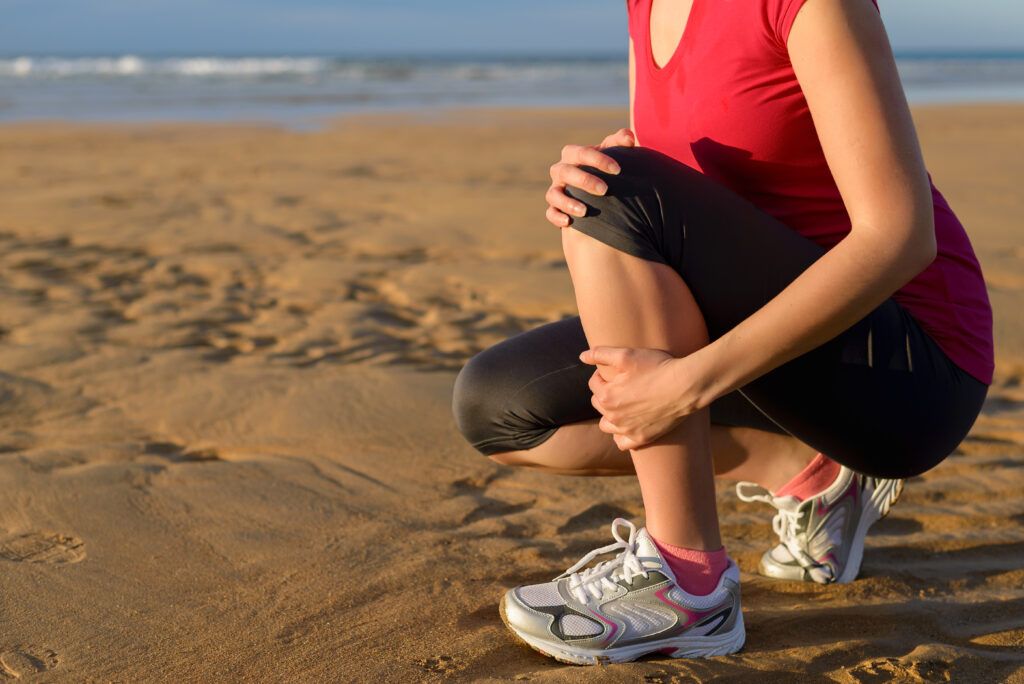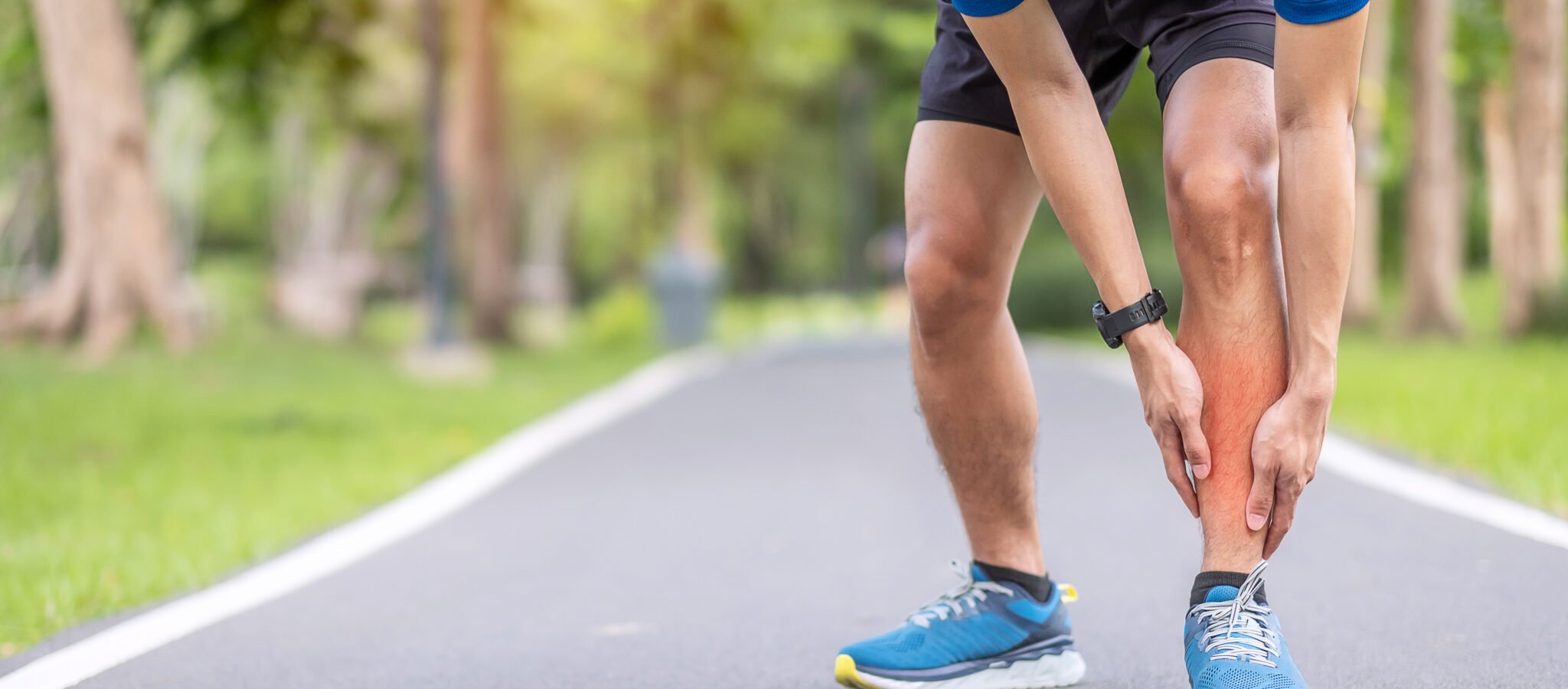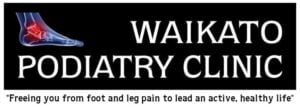Shin Splints – How Can We Help?

What are Shin Splints?
Shin splints are a common but very general term for pain in the shin or lower leg area. Shin splints are not a specific diagnosis, and a more accurate diagnosis and treatment plan should be established to be most effective. Different tissues will respond to different treatments, so identifying what is primarily the cause of the pain is very important.
How to reduce the pain from shin splints
As with most conditions, getting the correct diagnosis in the first place is so important. Accurate diagnosis of the origin of pain is very important to allow effective rest. Occasionally, total rest is required, but often maintenance, exercise and fitness can be retained.
Pain reduction is achieved with relative rest, ice, stretching and strengthening, compression sleeves, and addressing training errors.
What causes Shin Splints?
Foot position and function play an important part in treating and managing shin pain. Excessive motion or uneven foot position will load certain areas in the shin more heavily than others. This needs to be addressed, and footwear selection and careful orthotic modification can help.
There are lots of factors that can lead to shin splints such as:
- Training errors – ‘starting’ or suddenly increasing an activity. Often these activities involve sports like netball or running, especially at high velocity on hard surfaces.
- Bio-mechanical problems – these involve a wide spectrum of problems that are usually related to poor leg and foot function, which contribute to the muscular overuse
- Running style – is sometimes involved in this condition, and we can coach you to change this.
- Poor equipment, such as old, unsuitable, or excessively worn shoes, failure to rest, and ignoring the signs of chronic painful Periostitis.
- Genetics—Some people are prone to this type of problem due to their physical makeup. Unfortunately, there isn’t a lot you can do about this, except blame your parents!
- Changes- Sudden increases in intensity or duration of exercise Excessive muscle weakness or tightness
- Footwear- Poor footwear selection and suitability eg/ using court shoes for long runs.
- Abnormal foot function
Why are Shin Splints painful?
Each case must be taken on its own merits; however, typically the cause of the problem can be broken down into three main categories. It's possible for several or all of these to happen at once.
Periostitis (inflammation of the bone covering)
This is the single most common cause of shin pain and is usually characterised by an exercise-induced dull ache in one or both shins. Your bones are covered in a fine film called the Periosteum. The muscles attach to the bone through this, and with increased activity and muscle overuse, the periosteum may become inflamed and very sore.
Bone strain/stress fracture
If the initial periostitis is ignored or the condition deteriorates, it may result in increased damage to the underlying surface of the bone. This can affect the rate of bone growth and repair. A range of destructive bone changes may occur. Starting in the early stages with the less severe ‘stress reaction’, right up to the more serious ‘stress fracture’ or fracture of the bone. It is difficult to distinguish exactly which one of these conditions exists. Early stress fractures rarely show up on X-ray.
Muscle Compartment Syndrome
There are four main muscle groups in the shin, and these are kept separate from each other by a ‘glad wrap-like’ covering called Fascia.
The Fascia separate the leg into different compartments, hence the name compartment syndrome. During exercise, blood enters the working muscles and swells the compartment, making it tight and causing pain. With compartment syndrome, the fascia does not stretch sufficiently, and this becomes a problem.
Treatment of Shin Splints
Bio-mechanical support of the foot is very important for treating this condition and for ongoing prevention. After a correct diagnosis by your Podiatrist, treatment can be:
-Periostitis
Involves addressing the factors addressed in 'What is causing the pain? section', as well as settling the periosteal inflammation. Reducing pain and inflammation is important, particularly in the early stages of this problem. Treatment here involves relative rest from aggravating activities, icing the shins, stretching, and strengthening both weak and tight muscles. Bio-mechanical support of the foot is very important in treating this condition, as we want to make sure that the forces going through the lower leg are spread evenly and dealt with appropriately. In some instances, compression may also be used as a treatment modality; your podiatrist will talk to you about this.
-Bone strain/stress fracture
Realistically there is only one thing that allows bone repair and regrowth, and that is resting the injured bone. The length of rest varies according to the degree of the injury, from 6 to 12+ weeks. In more severe cases, some type of immobilisation cast may be applied to aid in the rest. Other types of activities could be carried out to maintain fitness levels e.g. swimming, seated rowing, weight training, cycling, or kayaking, for example.
-Muscle compartment syndrome
Massage, strengthening, and resting the affected muscles can help. Research shows however, that many chronic compartment syndrome patients have surgery as a long-term solution.\
Long Term solution to shin splints
With 3 different categories of diagnosis, the sooner you get a correct diagnosis and start treatment, the sooner you will be pain-free. Your Podiatrist can help you identify and address predisposing factors to prevent re-injury upon your return to exercise. After diagnosis, your podiatrist will arrange an overall rehabilitation program, and working through this is paramount to your recovery.
Still in Pain?
Are you are feeling like you have tried everything but are still in pain?
Do you feel like you have seen every health practitioner you can about your shin splints?
We have a track record of diagnosing and successfully treating cases that have previously proven difficult to resolve and we'd love to help you get back on your feet doing what you love.


